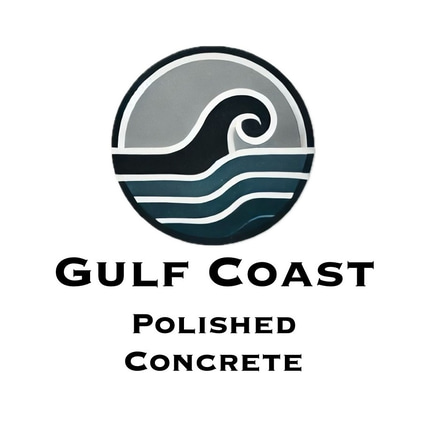DIY Concrete Grinding: Expert Tips for Flawless Surface Prep
Thinking about applying an epoxy or polyaspartic coating to your garage or basement floor? Proper surface preparation is the key to a long-lasting finish. This guide walks homeowners through the essential steps of renting and using a concrete grinder to achieve professional results. Learn expert tips to avoid common mistakes and ensure your coating adheres flawlessly!
5/8/20242 min read


DIY Concrete Grinding: Tips for Homeowners Preparing for a Floor Coating
If you’re a homeowner looking to apply an epoxy or polyaspartic coating to your garage or basement floor, proper surface preparation is key to achieving long-lasting results. Many homeowners choose to rent a concrete grinder instead of hiring a professional company to save money. While grinding concrete yourself can be rewarding, it also presents challenges. Here are some essential tips to help you get the job done right.
1. Choose the Right Grinder
Concrete grinders come in different sizes and types, including handheld, single-disc, and dual-disc grinders. For a garage floor or small space, a single-disc grinder should suffice. Be sure to check with your rental provider about the best machine for your project.
2. Select the Correct Grinding Discs
The type of grinding disc you choose will determine the effectiveness of your surface preparation. For coating removal and surface profiling, diamond grinding discs or aggressive grit metal-bonded segments work best. If your floor has a thick old coating, you may need a PCD (polycrystalline diamond) disc to remove it efficiently.
3. Prep the Area
Before starting, clear the space of any furniture, tools, or debris. Use plastic sheeting or drop cloths to cover walls and nearby surfaces to minimize dust contamination. If your grinder has a dust shroud, connect it to a shop vacuum to keep the work area cleaner.
4. Wear Proper Safety Gear
Concrete grinding creates dust and debris that can be harmful if inhaled or if it comes into contact with your skin. Always wear:
Safety goggles
A dust mask or respirator
Hearing protection
Heavy-duty gloves
Steel-toe boots
5. Work in Sections
Grinding too much at once can lead to uneven results. Start in one corner and work your way methodically across the floor in small sections. Overlap each pass slightly to ensure even coverage.
6. Check Your Progress Frequently
Periodically stop and check the surface to ensure you are achieving the desired profile. If the concrete still looks smooth or shiny, you may need to make additional passes with a more aggressive grit.
7. Address Imperfections
Once the grinding is complete, inspect the floor for cracks, divots, or low spots. Use a concrete patching compound to fill these areas and let it cure before applying your coating.
8. Clean Thoroughly Before Coating
After grinding, vacuum the entire surface thoroughly to remove dust and debris. Wipe down the floor with a damp mop or tack cloth to ensure no dust particles interfere with the adhesion of your epoxy or polyaspartic coating.
When to Consider Hiring a Professional
While renting a concrete grinder can be cost-effective, it may not always be the best option for every homeowner. If your floor has significant damage, stubborn coatings, or if you’re unsure about operating the equipment properly, hiring a professional can save time and ensure a flawless finish.
By following these tips, you can achieve a well-prepared surface that will help your coating adhere properly and last for years to come. Whether you choose to DIY or hire a pro, preparation is the key to a successful flooring project!
